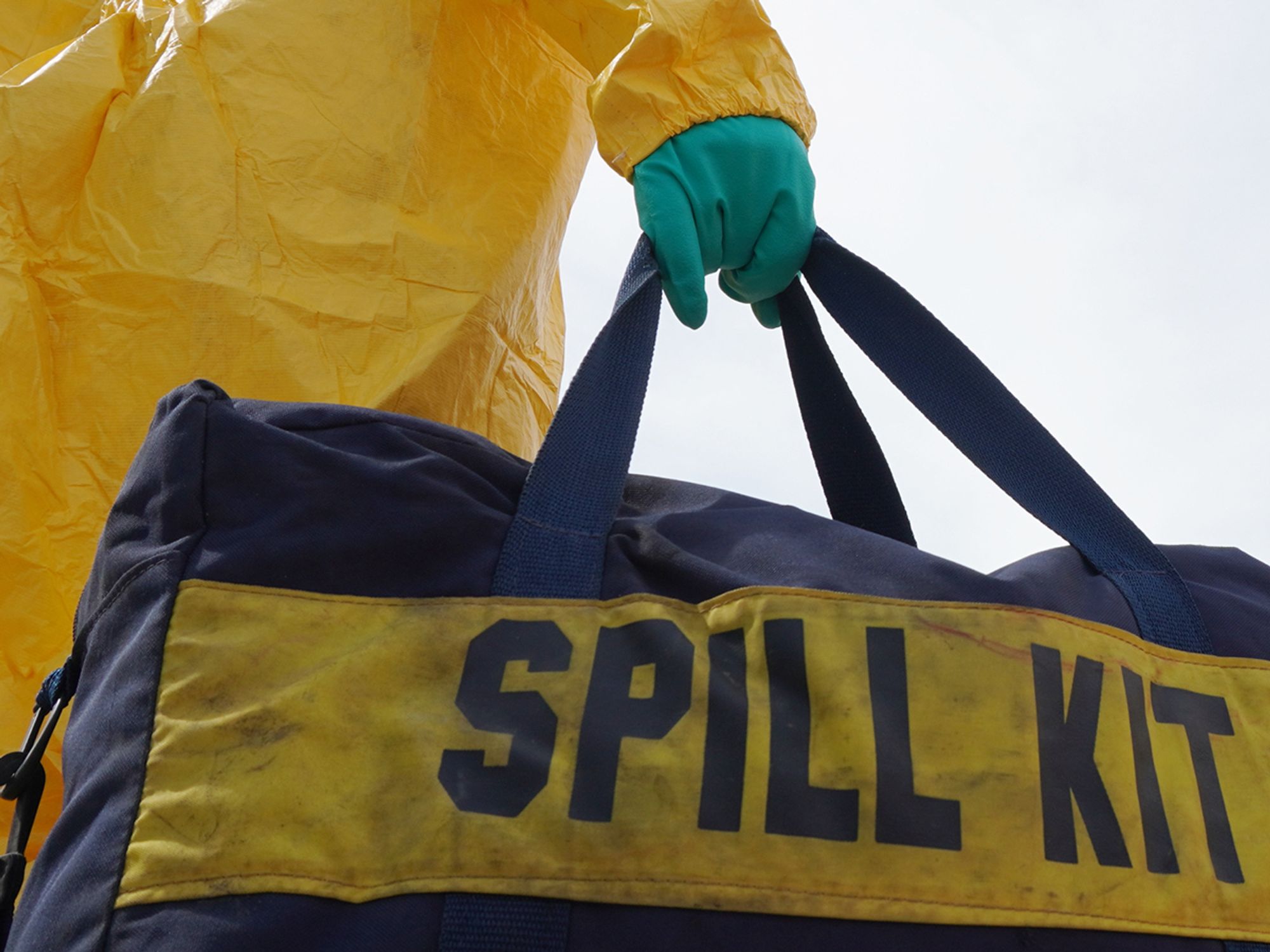Release determination

- Several types of releases are excluded from the requirements of CERCLA release reporting.
- Federally permitted releases are exempt from reporting requirements.
- CERCLA provides an exemption from release reporting for the application of pesticide products registered under FIFRA.
The first step in determining if release reporting requirements are triggered is assessing whether or not a release has occurred.
Exclusions
Note, however, that several types of releases are excluded from the requirements of CERCLA release reporting. These releases were excluded originally under CERCLA 101(22) because they are covered by other regulatory programs. The definition of release in CERCLA 101(22) specifically excludes:
- Emissions from engine exhaust of a motor vehicle, rolling stock, aircraft, vessel, or pipeline pumping station engines;
- Releases of source, byproduct, or special nuclear material from a nuclear incident covered by financial protection under the Nuclear Regulatory Commission; and
- The normal application of fertilizers in accordance with product instructions.
Since these specific scenarios are excluded from the definition of release, they need not be reported to the NRC, even if a reportable quantity (RQ) has been equaled or exceeded.
CERCLA 101(22) also excludes releases in the workplace, but only with respect to a claim asserted against the employer by a facility worker. Any claims covered by worker compensation through the Occupational Safety and Health Administration (OSHA) regulations cannot be filed under CERCLA. The need for notification, however, must be determined by whether a release from a CERCLA facility or vessel enters the environment. If a release does not remain wholly contained within a building or structure, then it is a release into the environment for CERCLA’s purposes, whether or not it occurs within a workplace.
Federally permitted releases
Federally permitted releases are exempt from reporting requirements (CERCLA 103(a) and (b)). These exemptions from notification address a range of situations where releases are regulated under another program or are outside the scope of CERCLA’s purpose and include the following:
- National Pollutant Discharge Elimination System (NPDES) permits,
- Dredge and fill permits (Clean Water Act (CWA) 404),
- The Resource Conservation and Recovery Act (RCRA) permitted and interim status units,
- Underground Injection Control (UIC) permits,
- Clean dumping and incineration permits,
- Air releases under Clean Air Act (CAA) permits,
- Injection of fluids to develop crude oil or natural gas supplies,
- Discharges to publicly owned treatment works (POTWs) in accordance with pretreatment standards, and
- Releases of nuclear materials under the Atomic Energy Act (AEA).
Registered pesticides
CERCLA 103(e) provides an exemption from release reporting for the application of pesticide products registered under the Federal Insecticide, Fungicide, and Rodenticide Act (FIFRA). This exemption includes the handling and storage of a pesticide product by an agricultural producer. EPA does not, however, consider the spill of a pesticide to be either an “application” of the pesticide or in accordance with the pesticide’s purpose. Consequently, such spills must be reported if all additional criteria are met.
